Turin is the capital of Piedmont, known for wine and delicious food, which dates back to the time when the region was part Savoy. The House of Savoy reigned for centuries and it can still be seen in Turin, where you can see a royal palace and royal gardens.
When Italy was united in the 19th century, Turin was the country’s first capital in the years 1861-1865, thus continuing its role as an important city in European politics. Since then, Turin has developed into a major industrial city, with Fiat being one of the leading companies.
Turin is today a city with beautiful squares, fine museums and stately buildings. A walk in the city usually starts from Piazza Castello, which is the city center, and this is also where the Royal palace of Turin is located. Mole Antonelliana is usually seen as well, and a visit to the Juventus Museum is also a must for many tourists.
The Piedmont region is one of the gastronomic strongholds of Italy and Europe, and wines from Piedmont include Barolo and Asti, so there’s something to catch up on. This is also true if you want to enjoy breathtaking landscapes from large river valleys to ski areas and beautiful mountains.
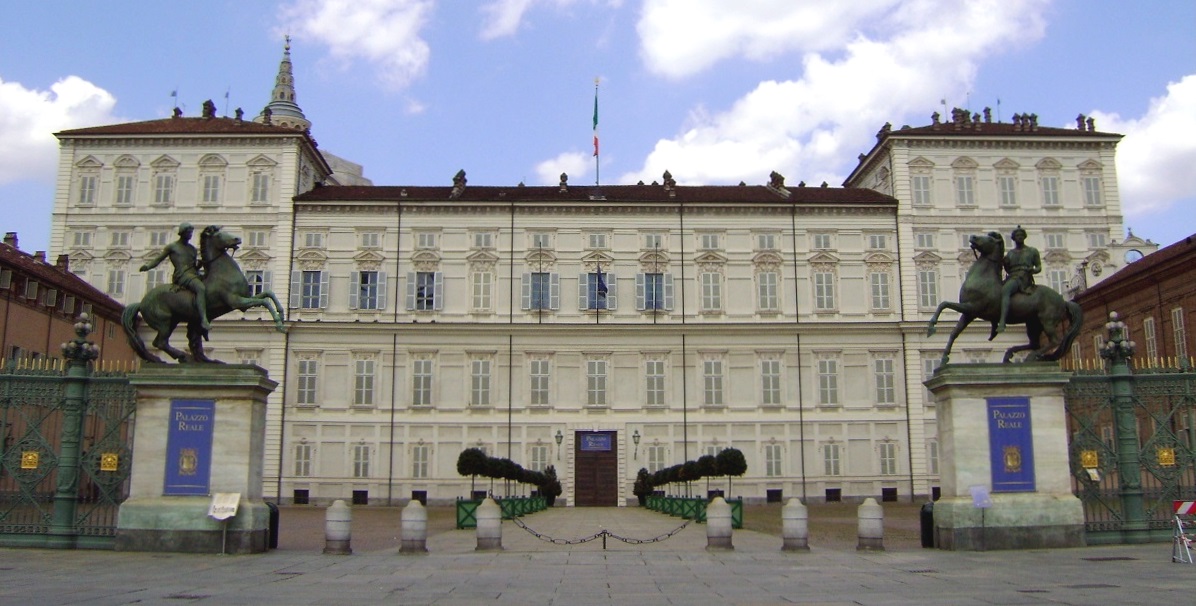
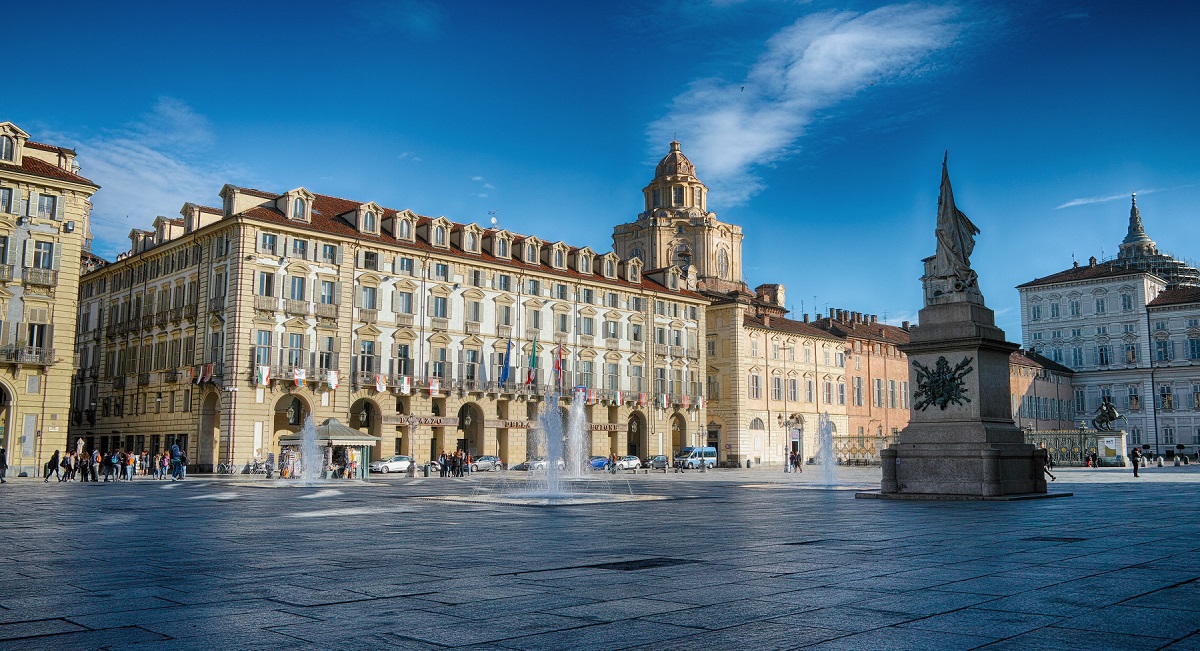

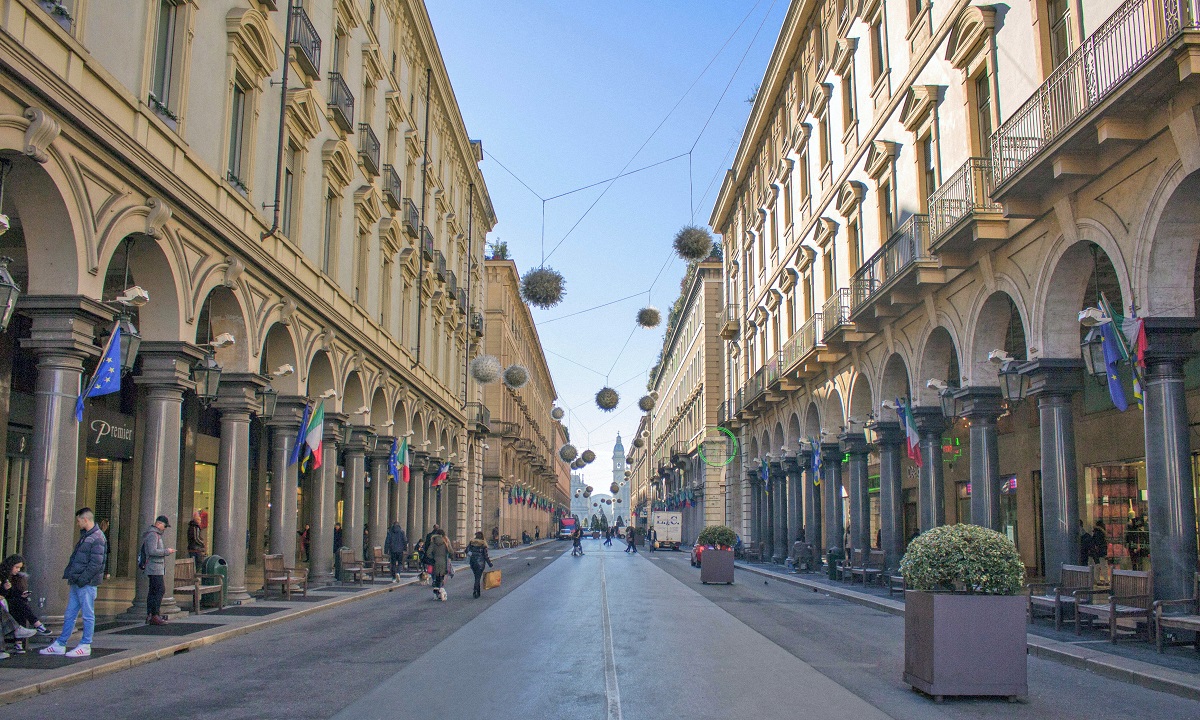

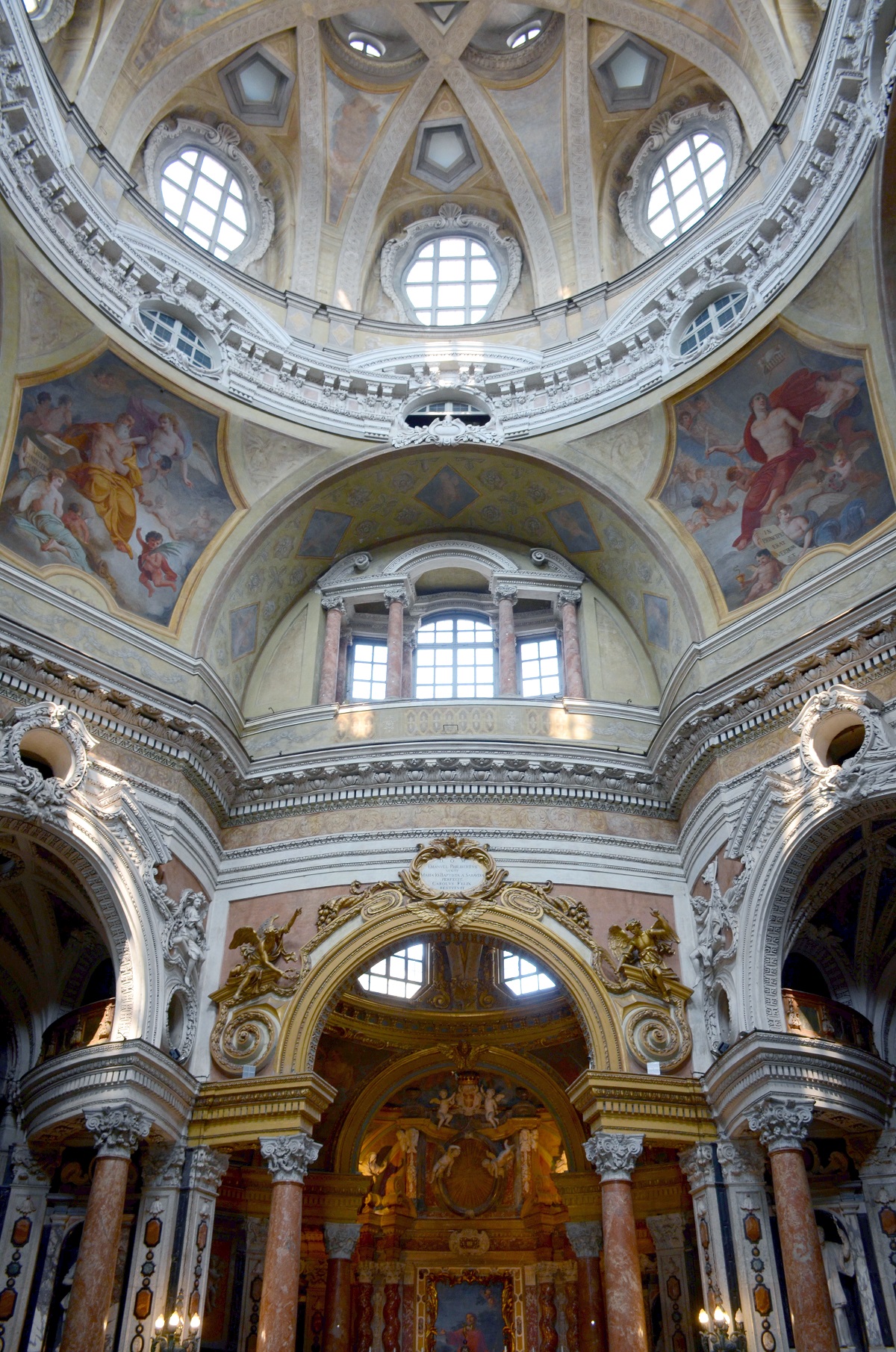


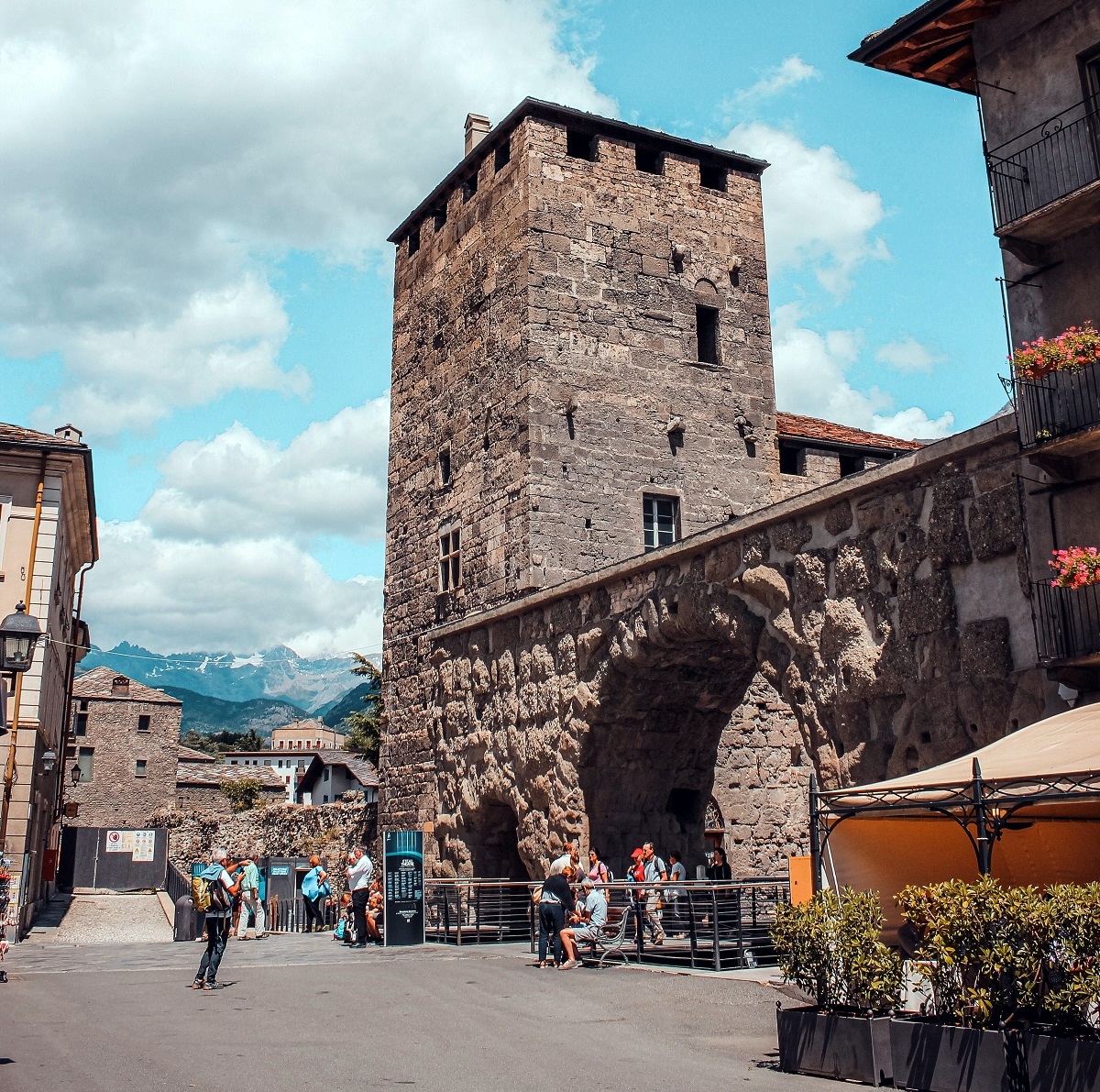
Overview of Turin
Turin is the capital of Piedmont, known for wine and delicious food, which dates back to the time when the region was part Savoy. The House of Savoy reigned for centuries and it can still be seen in Turin, where you can see a royal palace and royal gardens.
When Italy was united in the 19th century, Turin was the country’s first capital in the years 1861-1865, thus continuing its role as an important city in European politics. Since then, Turin has developed into a major industrial city, with Fiat being one of the leading companies.
Turin is today a city with beautiful squares, fine museums and stately buildings. A walk in the city usually starts from Piazza Castello, which is the city center, and this is also where the Royal palace of Turin is located. Mole Antonelliana is usually seen as well, and a visit to the Juventus Museum is also a must for many tourists.
The Piedmont region is one of the gastronomic strongholds of Italy and Europe, and wines from Piedmont include Barolo and Asti, so there’s something to catch up on. This is also true if you want to enjoy breathtaking landscapes from large river valleys to ski areas and beautiful mountains.
About the upcoming Turin travel guide
About the travel guide
The Turin travel guide gives you an overview of the sights and activities of the Italian city. Read about top sights and other sights, and get a tour guide with tour suggestions and detailed descriptions of all the city’s most important churches, monuments, mansions, museums, etc.
Turin is waiting for you, and at vamados.com you can also find cheap flights and great deals on hotels for your trip. You just select your travel dates and then you get flight and accommodation suggestions in and around the city.
Read more about Turin and Italy
Buy the travel guide
Click the “Add to Cart” button to purchase the travel guide. After that you will come to the payment, where you enter the purchase and payment information. Upon payment of the travel guide, you will immediately receive a receipt with a link to download your purchase. You can download the travel guide immediately or use the download link in the email later.
Use the travel guide
When you buy the travel guide to Turin you get the book online so you can have it on your phone, tablet or computer – and of course you can choose to print it. Use the maps and tour suggestions and you will have a good and content-rich journey.
Beautiful Squares • Grand Palaces • Churches • Fiat • Mole Antonelliana
Overview of Turin
Turin is the capital of Piedmont, known for wine and delicious food, which dates back to the time when the region was part Savoy. The House of Savoy reigned for centuries and it can still be seen in Turin, where you can see a royal palace and royal gardens.
When Italy was united in the 19th century, Turin was the country’s first capital in the years 1861-1865, thus continuing its role as an important city in European politics. Since then, Turin has developed into a major industrial city, with Fiat being one of the leading companies.
Turin is today a city with beautiful squares, fine museums and stately buildings. A walk in the city usually starts from Piazza Castello, which is the city center, and this is also where the Royal palace of Turin is located. Mole Antonelliana is usually seen as well, and a visit to the Juventus Museum is also a must for many tourists.
The Piedmont region is one of the gastronomic strongholds of Italy and Europe, and wines from Piedmont include Barolo and Asti, so there’s something to catch up on. This is also true if you want to enjoy breathtaking landscapes from large river valleys to ski areas and beautiful mountains.
About the upcoming Turin travel guide
About the travel guide
The Turin travel guide gives you an overview of the sights and activities of the Italian city. Read about top sights and other sights, and get a tour guide with tour suggestions and detailed descriptions of all the city’s most important churches, monuments, mansions, museums, etc.
Turin is waiting for you, and at vamados.com you can also find cheap flights and great deals on hotels for your trip. You just select your travel dates and then you get flight and accommodation suggestions in and around the city.
Read more about Turin and Italy
Buy the travel guide
Click the “Add to Cart” button to purchase the travel guide. After that you will come to the payment, where you enter the purchase and payment information. Upon payment of the travel guide, you will immediately receive a receipt with a link to download your purchase. You can download the travel guide immediately or use the download link in the email later.
Use the travel guide
When you buy the travel guide to Turin you get the book online so you can have it on your phone, tablet or computer – and of course you can choose to print it. Use the maps and tour suggestions and you will have a good and content-rich journey.





Similar to Turin Travel Guide